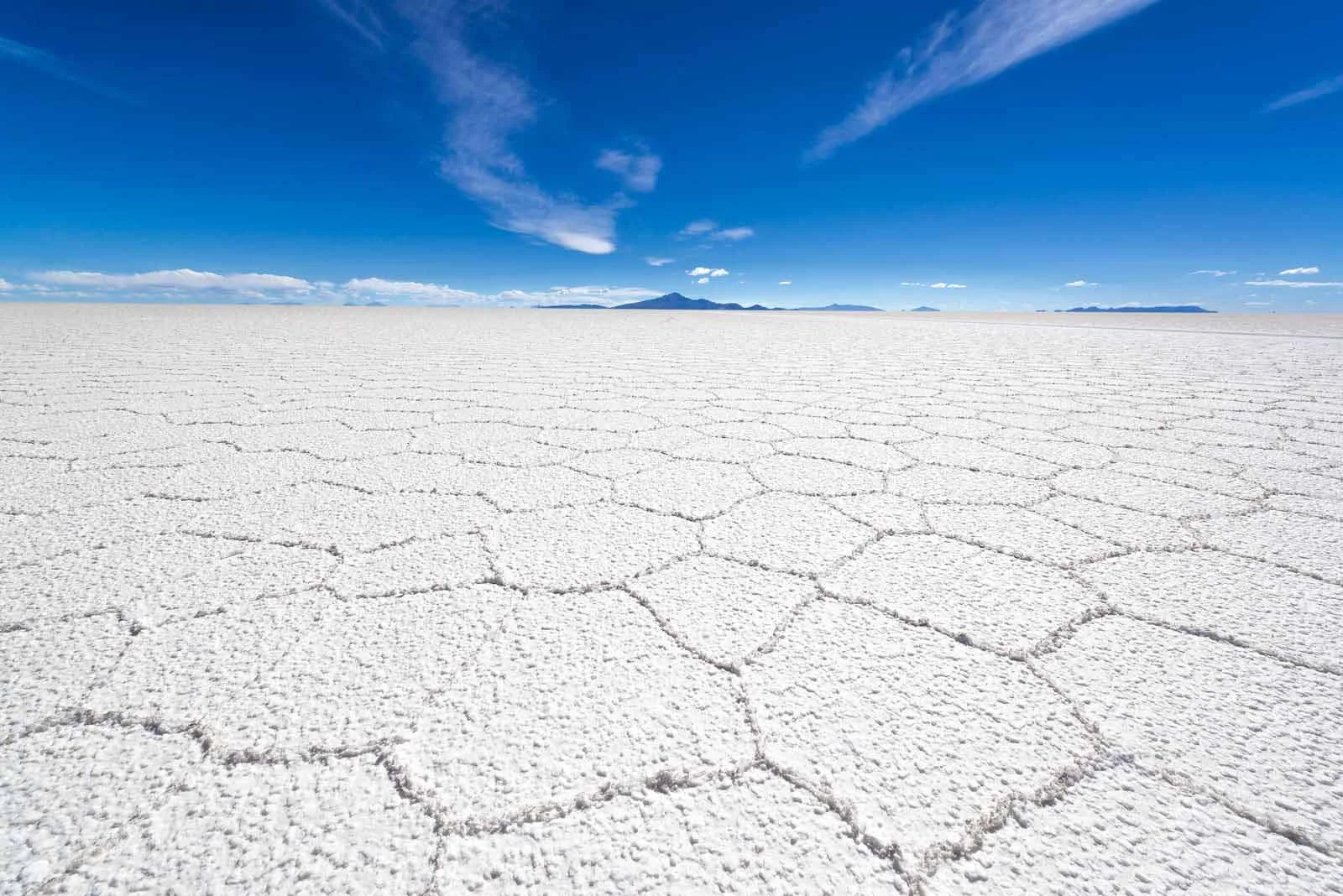
The World’s Largest Salt Flat Is Full Of Mysterious Patterns | Travel News
In southwest Bolivia, a vast photographic playground known as the salt flat stretches across the landscape. This area, formed from the remnants of an ancient lake, features a salty crust perfect for playing with perspectives during the dry season and transforms into a giant mirror when wet.
The world's largest salt flat, Salar de Uyuni, undergoes a remarkable transformation when nearby lakes flood it with a thin layer of water. This completely level salt flat spans approximately 10,582 square kilometers (4,086 square miles), making its reflective surface comparable in size to the Big Island of Hawai'i.
Viewed from space, Salar de Uyuni is the largest of two neighboring salt flats, with Salar de Coipasa to the northwest. These otherworldly landscapes, often captured in photographs, are composed primarily of halite (common table salt) and gypsum, which forms some of the planet's largest crystals. The surface of Salar de Uyuni is frequently marked by a unique honeycomb pattern, a mystery to scientists due to its geometric precision and the consistent size of the tiles, always between 1 and 2 meters (3 and 6 feet).
In 2023, researchers finally solved this puzzle. Dr. Lucas Goehring, Associate Professor in Physics at Nottingham Trent University’s School of Science and Technology, explained in a statement that the patterns are caused by the slow overturning of salty water within the soil, similar to convection cells in simmering water.
Salar de Uyuni occupies the former bed of the ancient Lake Minchin, which covered the plateau thousands of years ago. Around 15,000 years ago, the lake significantly shrank, leaving behind a vast deposit of halite and gypsum as it evaporated. The resulting salty crust, which can be up to 10 meters (33 feet) thick in some areas, attracts millions of tourists annually. During the brief rainy season (typically December to April), the flat receives only a few inches of rain, which sits atop the salt and creates a stunning mirror image of the sky.
To visit Salar de Uyuni, head to the Daniel Campos Province in Potosí, southwest Bolivia, which is less than a 10-minute drive from Uyuni airport.
